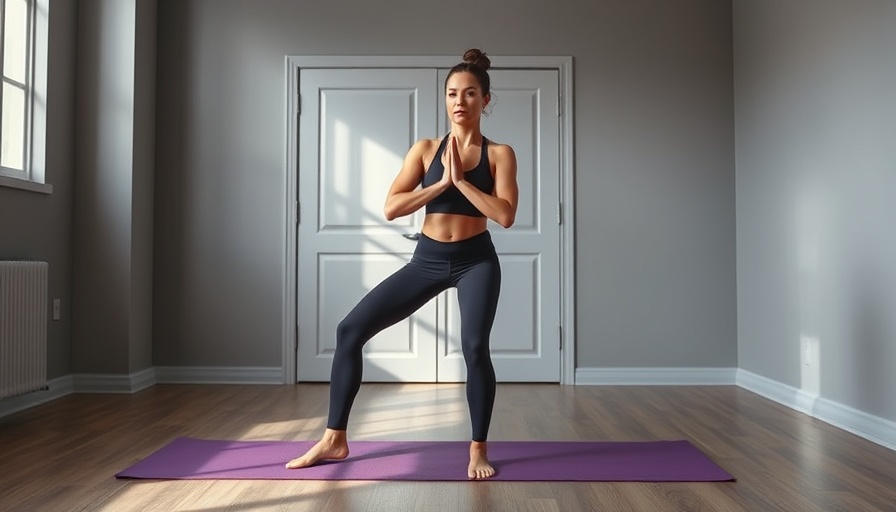
The Common Struggle: Incontinence Awareness
Incontinence is an issue that affects many, yet it remains largely unspoken. If you’ve ever sneezed and worried about what might happen next, you're not alone. Millions of individuals experience involuntary leakage, especially when they exert pressure on their bladder, whether by sneezing, laughing, or coughing. Understanding this common issue is crucial, as it can help to destigmatize incontinence and encourage open discussions about the pelvic floor health.
In Stop Peeing When You Sneeze!, the discussion dives into effective techniques for pelvic floor strength, inspiring us to expand on its importance in everyday health.
Understanding the Pelvic Floor
The pelvic floor is a group of muscles that support various organs in the lower abdomen, including the bladder and uterus. This support is vital for maintaining control over urination. When these muscles weaken, often due to factors like pregnancy, childbirth, age, or even obesity, the risk of incontinence increases. Knowing how to strengthen these muscles can lead to better control and confidence in daily activities.
Easy Techniques to Strengthen Your Pelvic Floor
One effective technique for improving pelvic floor strength is called Kegel exercises. Here’s a simple way to practice it, inspired by a technique highlighted in the recent video, Stop Peeing When You Sneeze! This exercise involves taking a deep, relaxing belly breath. As you exhale, focus on contracting your pelvic floor muscles—imagine drawing them up and in. This not only helps in preparing your body for sneezing or coughing without leakage but can also enhance overall pelvic health.
Mind-Body Connection: Breathing and Muscles
Engaging in mindful breathing can bolster your exercise routine. When practicing the pelvic floor muscle engagement, take a moment to focus only on your breath. This will help create a strong connection between your mind and body, increasing the effectiveness of the exercises. Incorporating targeted breathing techniques into daily life can lead to profound improvements in pelvic floor stability and general wellness.
Relevance to Daily Life and Well-Being
Pelvic health is often sidelined, yet it plays a significant role in our day-to-day comfort and confidence. By engaging in pelvic floor exercises, not only can individuals improve their physical health, but they might also find a boost in their emotional well-being. Fewer worries about leaks can lead to increased participation in activities like exercise classes and social gatherings.
Empower Yourself with Knowledge
Understanding your body and how it functions empowers you to take control of your health. Consider speaking with a healthcare professional about pelvic floor health during your next appointment. They can offer personalized advice based on your unique circumstances and may suggest additional supportive practices.
A Community of Support
As awareness about pelvic health grows, so does the community of support for those experiencing similar challenges. Connect with online forums or local groups that advocate for pelvic health to share experiences and strategies. You’re not alone in this journey; together, we can elevate the conversation around incontinence and encouraging proactive measures for improvement.
In conclusion, embracing the techniques suggested in videos like Stop Peeing When You Sneeze! can lead individuals to discover newfound strength and confidence in facing daily life challenges. Don’t let incontinence hold you back—take action and invest in your pelvic floor health.
 Add Row
Add Row  Add
Add 




Write A Comment